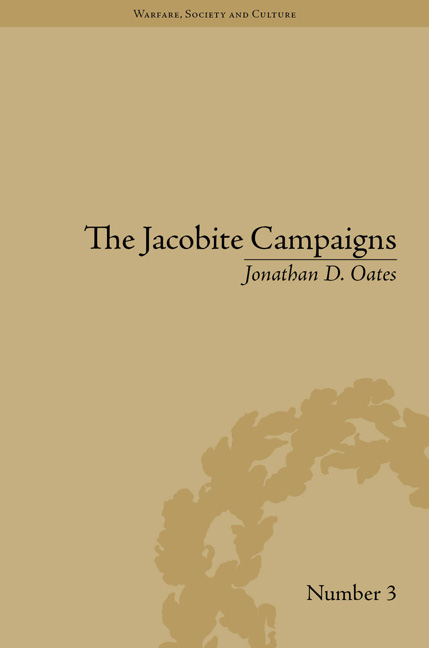4 - The Siege
Summary
One of the major components of eighteenth-century wars – perhaps the most important of all – was siege warfare. After all, Marlborough took far more strongpoints than he won battles (thirty major sieges to four major battles) during the War of Spanish Succession. Possession of these fortifications meant that the surrounding countryside with its supplies could be controlled and denied to the enemy, and capture of them in itself was a measurable achievement. They were useful bargaining pawns at treaty negotiations. Furthermore, there were psychological and prestigious reasons for taking or holding onto a place. The decision not to besiege or to fail to take a place could have dire consequences, as lines of communication could be threatened if an army left a fortress untaken in its wake. They were formalized and predictable, unlike battles, and were seen, albeit often erroneously, as cheaper in terms of human losses. Yet siege warfare was not cheap; in the sieges of 1708–11, the Allies lost 50,000 men, compared to 44,000 during the major battles of the war. The length of Marlborough's sieges varied from six days to four months, averaging at thirty-six days. They were, then, a potentially great drain on limited resources of men and time, even if successful. Sieges could provoke battles as an army marched to the relief of its besieged compatriots or allies, as occurred at Fontenoy in 1745 or Falkirk in the succeeding year.
- Type
- Chapter
- Information
- The Jacobite CampaignsThe British State at War, pp. 97 - 124Publisher: Pickering & ChattoFirst published in: 2014



